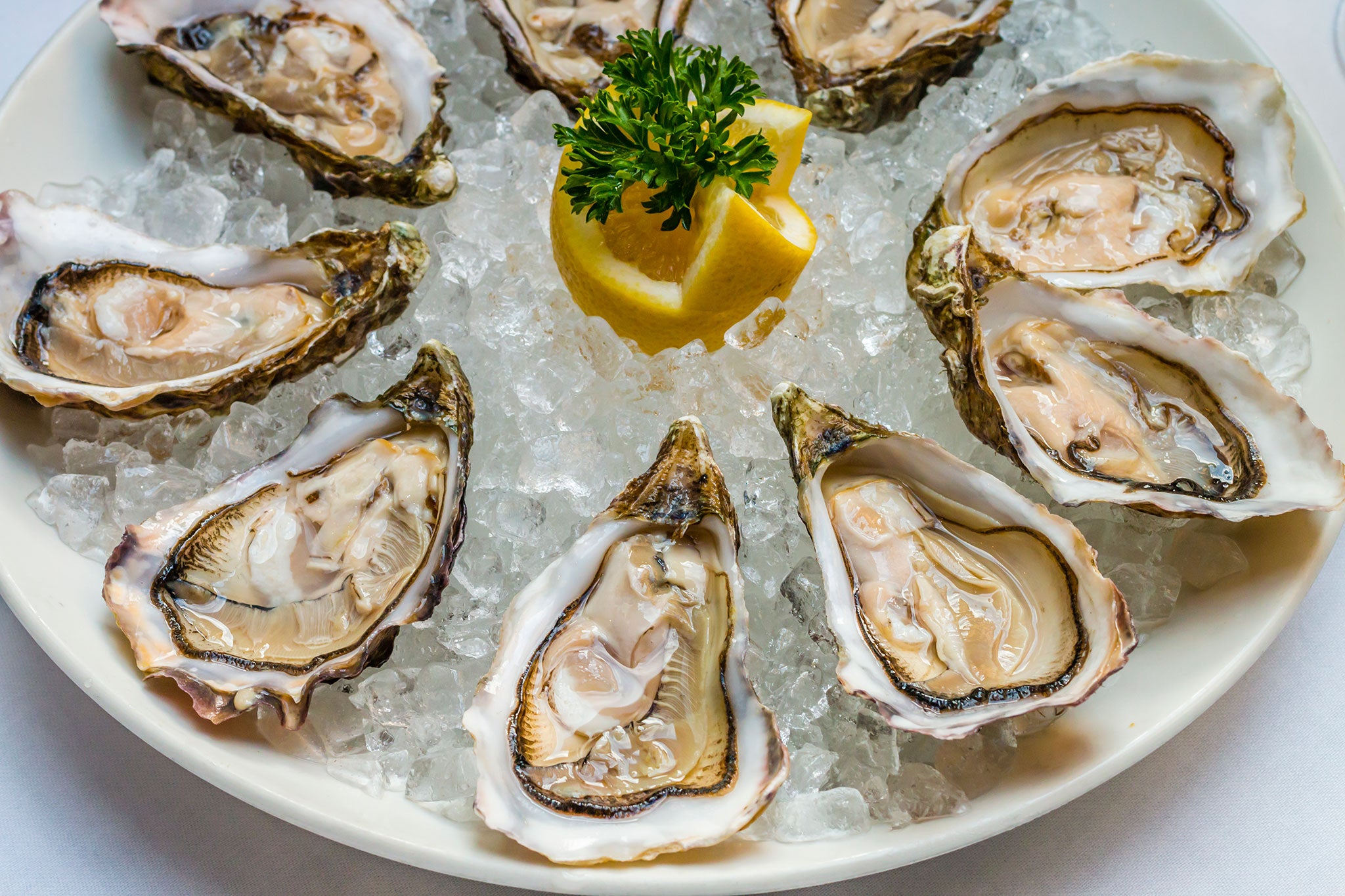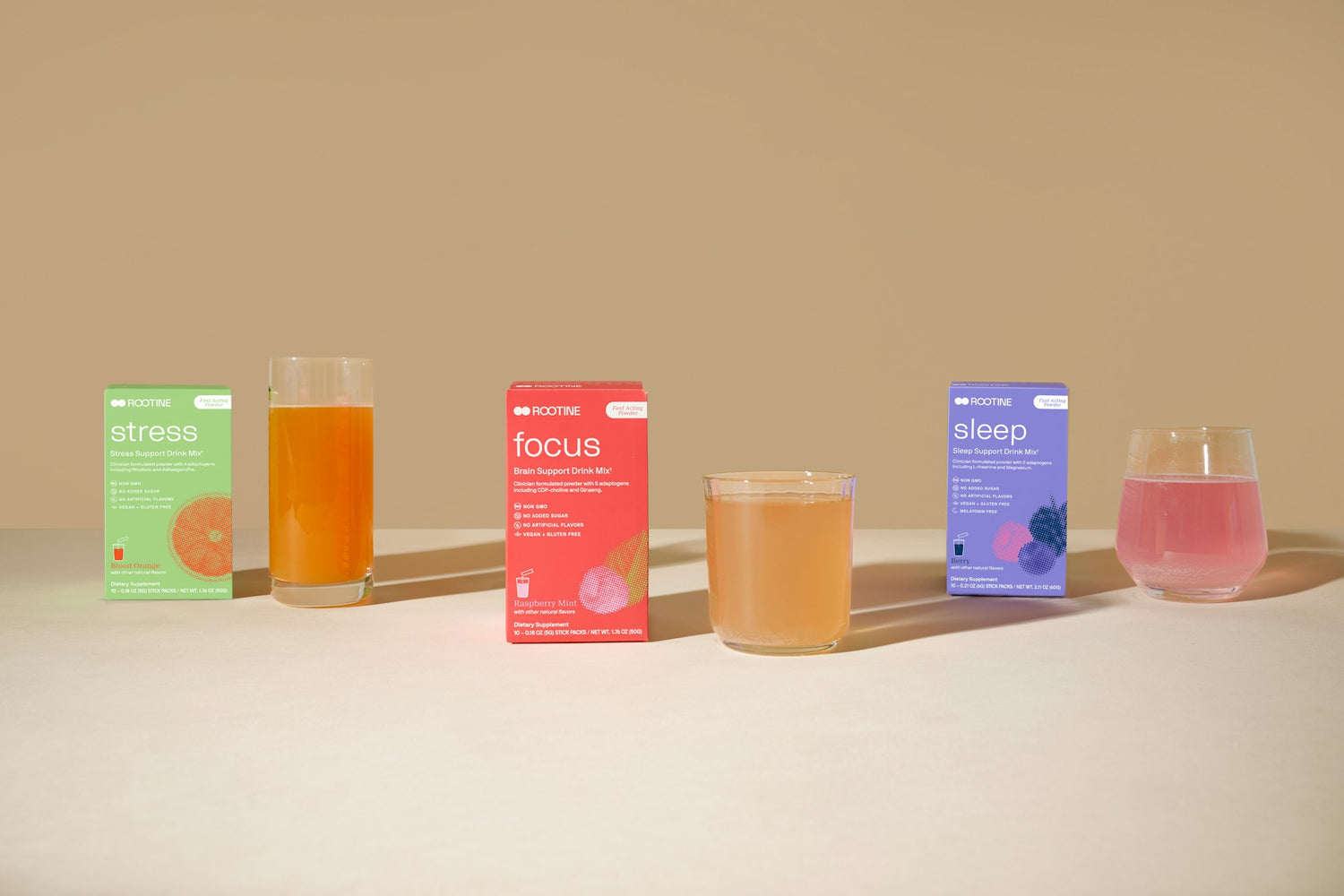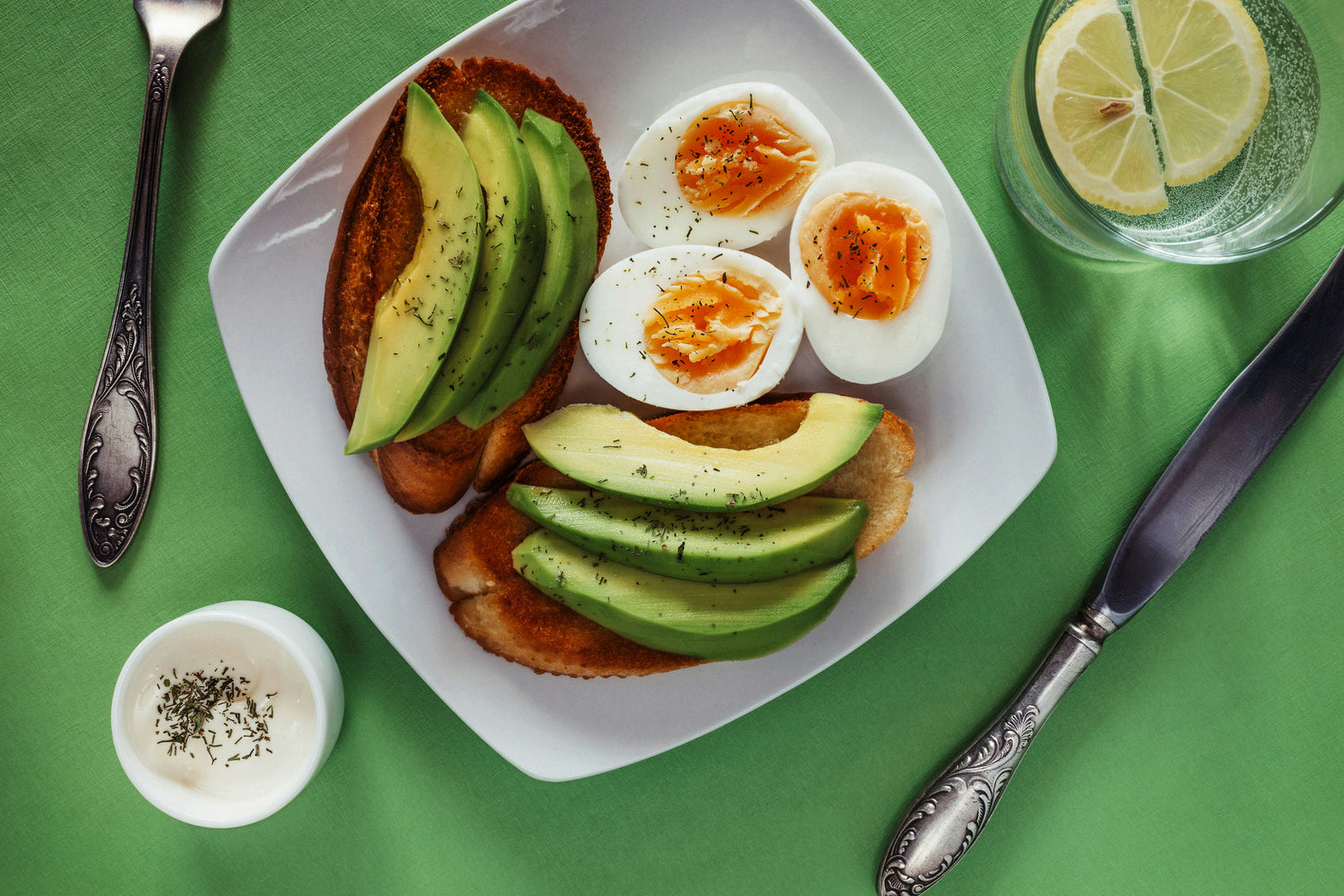Copper - the stuff found in pennies and wires - is an essential mineral, and was first reported as being vital as far back as the late 1920s.
Like Zinc, Selenium and Iron, Copper is present in trace amounts (less than 5mg) in your body, but has several vital roles. This includes maintaining nerve function, the immune system, bone health, energy production and working with Iron to help make red blood cells.
Copper deficiency can occur due to several reasons: genetic factors, insufficient copper intake in your diet and nutrient interactions (see the Copper interactions with Zinc and Iron for more details).
Copper toxicity is rare, but can be instigated via genetic variation - one reason we include Rootine at-home DNA kits with the first order of our personalized nutrient packets.
Copper is found in many foods, but some are particularly rich in the nutrient, like liver, shellfish (ex. oysters and lobster), cashews, mushrooms and chocolate. You’ll find a more comprehensive overview of Copper in your diet in the What foods have Copper? section.
Let’s further dive into the benefits of Copper.
What are the benefits of Copper?
Copper is essential for a number of important processes in our body, such as the creation of energy-storing molecules (called ATP), strengthening the connective tissue in your heart and blood vessels, and helping maintain the brain and nervous system.
Studies have demonstrated the mineral’s importance in white blood cell creation, cholesterol and glucose metabolism, bone strength and infant growth.
Copper also works with Iron for several tasks, including the creation of red blood cells. We briefly explore this in the interactions section later in the article.
How much Copper do you need?
Like all vitamins and minerals, how much Copper you need depends on your lifestyle, genetics and nutrient levels in your blood. Several genetic disorders contribute to Iron deficiency and overload, and everyone’s diet varies. Blood levels further help clarify whether you need supplementation or not.
The Food and Nutrition Board has a recommended daily allowance of 900mcg of Copper for adults, 1mg for pregnant women and 1.3mg for women who are lactating. We recommend taking these numbers with a grain of salt - they are averages (from nearly two decades ago).
At Rootine, your at-home DNA kit and lifestyle assessment help our research team determine correct dosages of Copper and other nutrients for your personalized vitamin and mineral packets. We believe this is the best approach to determining dosage - there’s no need to play guessing games!
What happens if you’re deficient in Copper?
Genetics play a much larger part in nutrient deficiencies than many realize. Copper is no exception. Single-gene and multiple-gene disorders can contribute to Copper deficiency.
Diet-based deficiency isn’t prevalent, but it exists. We recommend checking the What foods have Copper? section for more information on Copper-containing foods.
Studies have shown that Copper deficiency is characterized by a weakened immune system, weakened and abnormal bones, and an increased risk of heart (and other cardiovascular) disease and neurodegenerative disorders (ex. Parkinson's and Alzheimer's).
Zinc has also been shown to contribute to Copper deficiency if taken in large quantities. We’ll go over this later in the article.
Copper absorption in your gut is relatively high for a trace mineral: 55-75% gets absorbed into your bloodstream. A balanced diet will provide enough Copper, but this hinges on your own lifestyle and genetics!
What if you take too much Copper?
Copper is poisonous in large quantities, but overdose is rare in the US. However, a rare inherited disorder called Wilson disease can cause excess deposits of the mineral in the liver and other organs. This leads to a host of severe side effects, which is why we strongly recommend getting a DNA test to see if you have certain gene variations that affect your nutrient requirements.
Rootine includes an at-home DNA test with your initial order of personalized nutrient packets.
What foods have Copper?
Copper.org notes that nuts, seeds, shellfish and organ meats like liver are particularly rich in Copper. One report mentions legumes, mushrooms and chocolate as being high in Copper.
We’ve listed a quick overview of some common Copper-containing foods:
Copper interactions with Zinc and Iron
The problem with looking at nutrients one at a time is that you can miss some potentially serious interactions!
Copper and Zinc actually battle it out for absorption in the gut. Harvard notes that if there’s a lot of Zinc in your gut, Copper forgos its victory. Rootine’s personalized nutrient packets actually contain slow-release microbeads that solve this issue.
While Copper and Zinc aren’t very friendly to each other, Copper and Iron work in tandem: Copper aids in Iron absorption, and helps Iron create red blood cells.
Curious about Personalized Nutrients?
Rootine is dedicated to providing personalized nutrients that fit your specific lifestyle and genetics. To learn more about nutrient microbeads and Rootine’s process, see our Rootine FAQ page.



